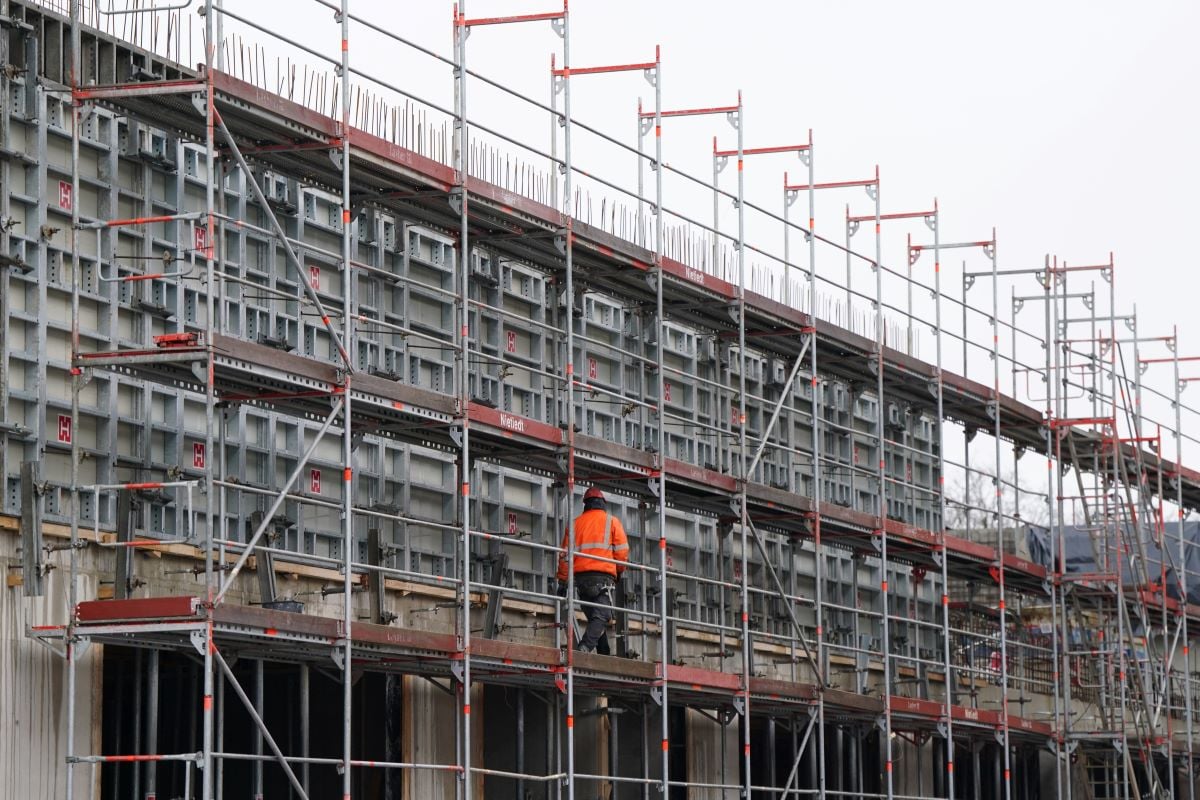According to research by Mediendienst Integration, migration has had a profound impact on Germany’s population over the past 50 years.
Without foreigners choosing to relocate to the country, experts believe that the number of people in Germany would have only risen for the first two decades between 1950 and 1970.
After that, due to low birthrates and an ageing population, the number of people in the country would probably have declined year-on-year for the next 30 years. In that scenario, the population of 76 million or so would have dropped down to 70 million – the same as it was in 1950 – by the end of 2020.
Instead, around 83 million people currently live in the country and around a quarter of the population has a migrant background – meaning they are either a first-generation migrant or are related to one.
Aside from 1967, a few years in the mid-70s and early 80s, and the year of the 2008 financial crash, Germany has generally had net migration each year – meaning more people move to the country than move away.
What’s worrying for both industry and government is that migration is slowing. In 2020 – the year when the Covid pandemic first reached European shores – the foreign population in Germany grew by 1.8 percent, which equates to around 200,000 more people living in the country from elsewhere. The Federal Office of Statistics claims that this is the lowest level of growth in the foreign population in over a decade.
According to experts, Germany needs net migration of around 400,000 working age people each year to fill jobs in key sectors like engineering and healthcare.
This might explain why the pro-business Free Democrats (FDP) are also in favour of sweeping liberalisations of the country’s immigration law, and why the new ‘traffic light’ coalition wants to lower the number of years of residence needed for citizenship from eight to five.
With a number of immigration-friendly policies released in the new government’s coalition pact, Germany could be entering a new phase in its migration history, and the foreign population could morph significantly during their time in power.
READ ALSO:
- IN NUMBERS: Five things to know about Germany’s foreign population
- EXPLAINED: What Germany’s new government means for citizenship and naturalisation
“It is striking that the way migration and integration are talked about has changed,” Prof. Dr. Jochen Oltmer, a migration historian from the University of Osnabrück, told Mediendienst Integration. “Compared with previous years, migration is no longer presented primarily as a security threat against which defensive measures must be taken.
“Immigrants are seen less as a specific problem group and more as part of society.”
Despite the positive shift, however, the traffic light parties don’t seem to have a clear strategy on how to solve the issues Germany is facing, Oltmer added.
“What is completely missing are ideas on how to achieve skilled labour immigration without selling out poorer societies and how to address the global nursing shortage,” he said.




 Please whitelist us to continue reading.
Please whitelist us to continue reading.
Member comments